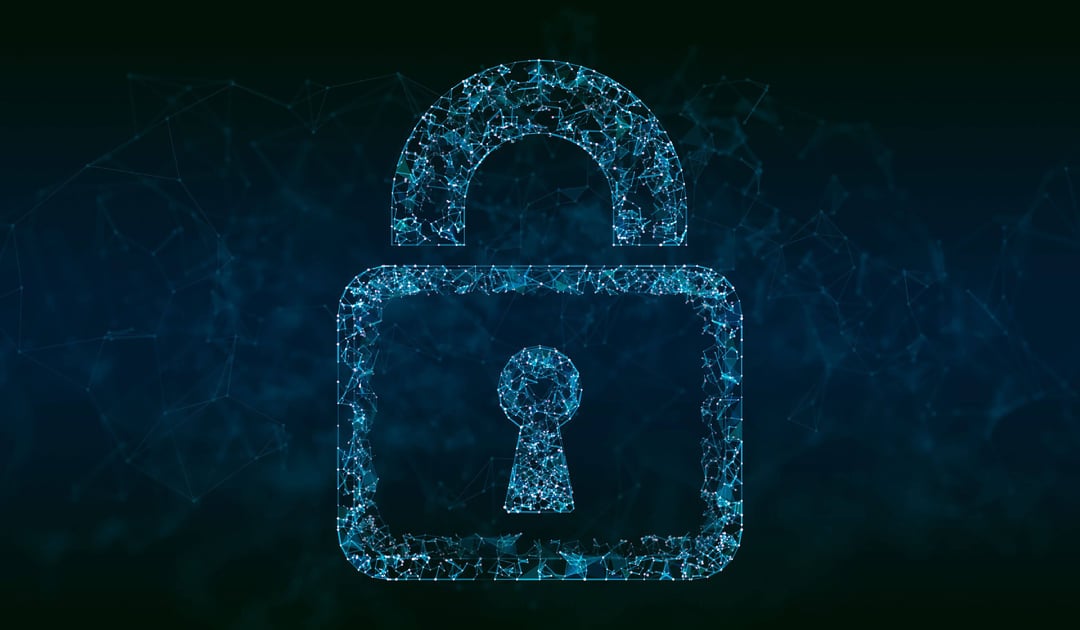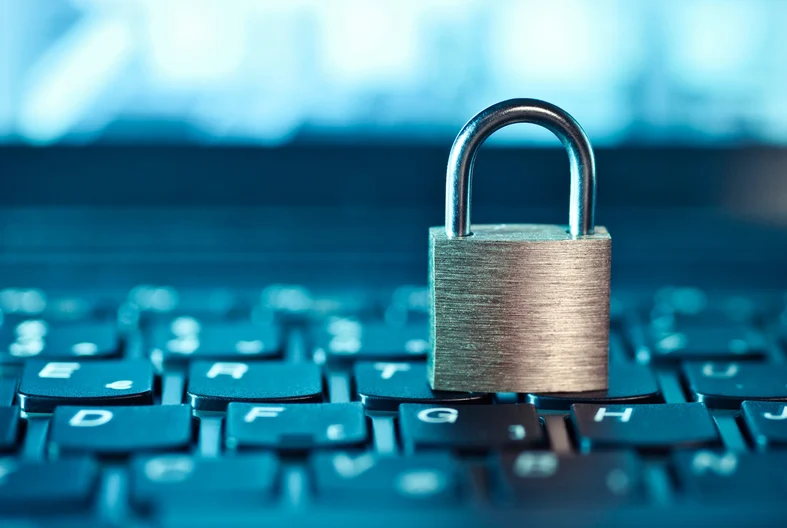In today’s digital age, the term “cybersecurity” is thrown around more than ever before. But what does it really mean? With our lives increasingly intertwined with technology, understanding cybersecurity has become essential for everyone—from tech enthusiasts to everyday users. Cyber threats lurk in every corner of the internet, waiting to exploit vulnerabilities and steal personal information. Yet many people remain unaware of how these risks affect them or how they can protect themselves.
This guide will dive into the basics of cybersecurity, unraveling its significance and helping you navigate through a landscape that can often feel overwhelming. Whether you’re looking to safeguard your online presence or simply want to learn about potential threats, this guide provides clear insights designed for all levels of expertise. Let’s embark on this journey together!
What is Cybersecurity?

Cybersecurity refers to the practice of protecting systems, networks, and data from digital attacks. These threats can come in various forms—malware, phishing scams, or ransomware—aimed at compromising sensitive information.
At its core, cybersecurity encompasses technologies and processes designed to safeguard computers and servers. It also focuses on ensuring that access controls are in place for users interacting with these resources.
The field is constantly evolving as new vulnerabilities emerge. This means staying updated on the latest security measures is crucial.
Organizations invest heavily in cybersecurity to defend against potential breaches that could jeopardize their operations or reputation. Individuals should also prioritize their online safety by understanding basic principles that apply across personal devices and social platforms.
A solid grasp of what cybersecurity entails empowers everyone to take proactive steps toward safeguarding their digital lives.
Why is Cybersecurity Important?

Cybersecurity is essential in today’s digital age. With increasing reliance on technology, our personal and financial information has become vulnerable to cyber threats.
Every day, hackers target individuals and organizations alike. They exploit weaknesses for various reasons, including stealing data or causing disruption. The consequences can be severe: identity theft, financial loss, and damage to reputation.
Businesses face even greater risks. A single breach can lead to substantial legal issues and loss of customer trust. It affects not just the company but also its clients and partners.
Moreover, as remote work becomes more common, employees may access sensitive information from less secure networks at home. This highlights the necessity for robust cybersecurity measures.
Staying protected means safeguarding your assets against a constantly evolving landscape of cybercrime. Understanding this importance is crucial for anyone navigating the internet today.
Different Types of Cyber Threats

Cyber threats come in various forms, each with its own intent and impact. One common type is malware, which includes viruses, worms, and ransomware. These malicious programs can disrupt systems or steal sensitive information.
Phishing attacks are another prevalent threat. Cybercriminals often use deceptive emails to trick users into revealing personal data or installing harmful software. It’s a tactic that relies heavily on social engineering.
Denial-of-Service (DoS) attacks flood networks with traffic, making services unavailable to legitimate users. This can severely affect businesses and their reputation.
Then there are advanced persistent threats (APTs). These involve well-coordinated strategies aimed at infiltrating networks over extended periods without detection.
Insider threats shouldn’t be overlooked. Employees or contractors may unintentionally or deliberately compromise security by misusing access privileges. Understanding these diverse cyber threats helps in creating effective defense strategies against them.
Protecting Your Personal Information Online
Protecting your personal information online is crucial in today’s digital landscape. Every click and interaction can expose you to potential threats. Start by using strong, unique passwords for each of your accounts. A password manager can simplify this process.
Next, be wary of the websites you visit. Look for HTTPS in the URL, indicating a secure connection. Avoid sharing sensitive information on public Wi-Fi networks; consider using a VPN for added protection when you’re on the go.
Be cautious with social media as well. Limit what you share publicly and review your privacy settings regularly to control who sees your information.
Keep software up-to-date across all devices to guard against vulnerabilities that hackers exploit. Staying informed about cybersecurity trends also plays a vital role in safeguarding yourself online.
Best Practices for Cybersecurity
To stay safe online, adopting best practices is essential. Start with strong passwords. Use a mix of letters, numbers, and special characters. Avoid common phrases or easily guessed information.
Regularly update your software and applications. Cyber threats often exploit vulnerabilities in outdated systems. Set automatic updates whenever possible to simplify this process.
Be wary of suspicious emails and links. Phishing attacks are prevalent and can compromise your data quickly. Always verify the sender before clicking on anything.
Consider using two-factor authentication (2FA). It adds an extra layer of protection by requiring a second form of verification beyond just your password.
Backup your important files regularly. In case of a cyber incident, having copies stored securely can save you from losing valuable information.
Educate yourself about the latest trends in cybersecurity threats to remain vigilant against them as they evolve over time.
Common Misconceptions about Cybersecurity
Many people believe that cybersecurity is only a concern for large corporations or government agencies. This misconception can leave individuals vulnerable to threats.
Another common belief is that antivirus software alone provides complete protection. While it’s an essential tool, relying solely on it can create a false sense of security.
Some assume cybercriminals target random victims. In reality, they often have specific motives and may even use social engineering techniques to exploit human behavior.
Additionally, many think that strong passwords are sufficient defense. However, weak password habits still open doors for attackers to gain access to accounts and sensitive information.
There’s the idea that once you’ve been hacked, there’s nothing you can do about it. Recovery and prevention strategies exist; understanding them empowers users against future attacks.
The Future of Cybersecurity
The future of cybersecurity is poised for rapid evolution. As technology advances, so do the tactics employed by cybercriminals. Artificial intelligence and machine learning are becoming central to both offensive and defensive strategies.
Organizations will increasingly rely on AI tools to predict threats before they materialize. This proactive approach can significantly reduce response times and enhance security measures.
Moreover, the rise of remote work has changed the landscape. Companies must adapt their cybersecurity frameworks to protect not just office networks but also home environments where employees now operate.
Privacy regulations are likely to tighten further as data breaches continue making headlines. Consumers will demand more transparency regarding how their information is handled.
A collaborative effort among businesses, governments, and individuals will shape this field’s trajectory. Staying informed about emerging trends and technologies is crucial in navigating this complex digital environment effectively.
Conclusion
Cybersecurity is a crucial aspect of our digital lives. Understanding its basics can empower individuals and organizations alike to navigate the online world safely. With cyber threats evolving, staying informed about different types of attacks and how to protect personal information becomes essential.
Adopting best practices in cybersecurity ensures that you are not just reactive but proactive. Many misconceptions cloud public understanding, which can lead to vulnerabilities. As technology advances, so too will the methods used by cybercriminals; hence awareness must keep pace.
By prioritizing cybersecurity education and implementing robust security measures, we create a safer online environment for everyone. Embracing this knowledge today prepares us for whatever challenges lie ahead in the realm of cybersecurity.










